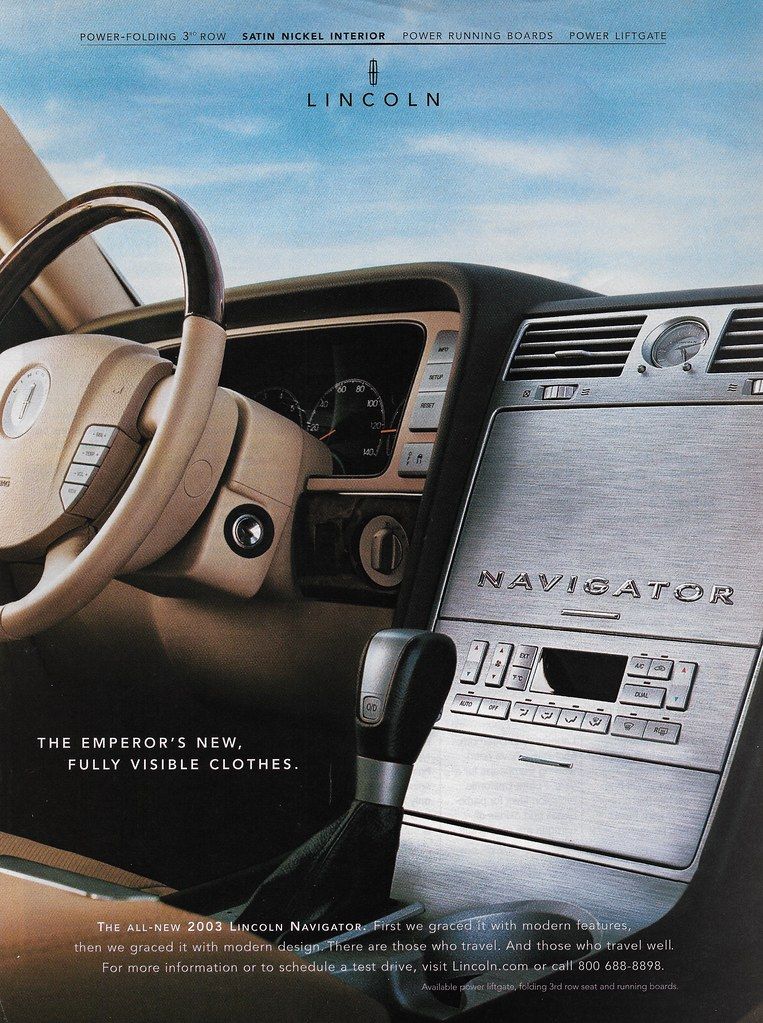What do you get when you pit a long-lasting midsize luxury SUV with a full-size luxury SUV? You get the 1990s Mercury Mountaineer with its excellent handling versus the Lincoln Navigator, which is big on cargo space.
The Mercury Mountaineer is a five-door sports utility vehicle that can seat up to 5 occupants (as well as the Lincoln Navigator). Ford began the production for the Mercury Mountaineer in 1996 and lasted till 2010.
The Lincoln Navigator has been in production since 1997, with the Lincoln Navigator L, the latest model, being introduced in 2018.
Both SUVs came to the American market at a time when SUVs were slowly becoming less off-road cars and more family vehicles.
Let’s find out how the 1990s Mercury Mountaineer and the Lincoln Navigator compare to each other.
The Mercury Mountaineer’s Body VS The Lincoln Navigator
The Mercury Mountaineer came as a medium-sized, five-seater luxury SUV. One remarkable thing about the 1990s Mercury is the fact that it shared a lot of features with Ford’s Explorer XLT.
To give it a distinct look from other Ford cars, the Mercury Mountaineer was styled a little differently. It spotted a dark gray color scheme for its lower body and a chrome waterfall grille from one of Mercury’s other cars, the Grand Marquis.
The Mercury Mountaineer shared a back hatch and bumpers with the Explorer’s European export version. Rear tail lights for the Mountaineer were model-specific.
The Lincoln Navigator, on the other hand, came as a full-size five-seater luxury SUV. Ford has marketed and sold the model since 1998, although Lincoln created it as an opposite number to Ford’s Expedition, which inspired it.
The only significance was perhaps the difference in load capacity with the Lincoln Navigator taking the cake. Despite some subtle and obvious similarities with the Ford Expedition, Lincoln Navigator still had its unique body style.
It doesn’t share body panels with the Expedition, and it comes with its roof rack, taillights, wheels, lower body trim, and front fascia grille design.
Which SUV Is The Better Performing Car On The Road and What Specs Gives It The Edge?
Yet another feature the first generation of Mercury Mountaineer shares with Ford Explorer is the chassis. It also carries a fully independent wishbone suspension.
This 1990s solid SUV was stacked with a 5.0 L V8 engine in its 1997 model and was either full-time all-wheel drive or rear-wheel drive.
This allowed it an output of 215 horsepower with a four-speed automatic transmission available. The following year the Mercury Mountaineer had a 4.0 L V6 SOHC engine that gave out 205 hp as an option. The Mountaineer with a V6 engine was offered as either a ControlTrac with multiple modes or a rear-wheel drive.
The Lincoln Navigator, on the other hand, came with a 5.4 L Triton V8 engine that gave an output of 230 hp. A four-speed 4R100 automatic transmission accompanied the 1998 Navigator that was capable of 7700 lb towing capacity.
Also, another feature of the Lincoln Navigator of the 1990s was a live rear axle for its rear suspension and independent front suspensions.
Interior, Design, And Added Features Of These Two Five-Seater SUVs
Although it may appear to have shared external features with the Ford Explorer, inside, the awesome Mercury car it’s unique in its own right. The look and feel of the interior of the 1990s Mercury Mountaineer screams comfort, and the seats don’t tell the whole story either.
They offer occupants a comfortable seating experience along with ample leg and headroom to go with it. Behind the seats, cargo space is great, and it gets better if you fold the seats to create more room for a weekend getaway.
Some additional equipment like door locks, power windows, air conditioning, outside windows, and cruise control are standard. Full instrumentation and a quality stereo add to the entertainment and comfort on the go.
The Lincoln Navigator was among the best high-end SUVs, and its interior testifies to this. The dashboard of the Lincoln Navigator carried fine-wood trim and had its seat design.
When the Lincoln Navigator came to the market in the late 1990s, it had special features like full controls over the car’s audio system, cruise control, climate control, and the novel power-adjustable pedal, which had never been seen in an SUV before.
There were a ton of standard interior features to make a wholesome driving experience, like passenger bucket seats, cool floor consoles, innovative keyless entry, and power driver. Others like a universal garage door opener, premium audio system, power moonroof, premium audio system, and an electrochromic rearview mirror came as optional features.



